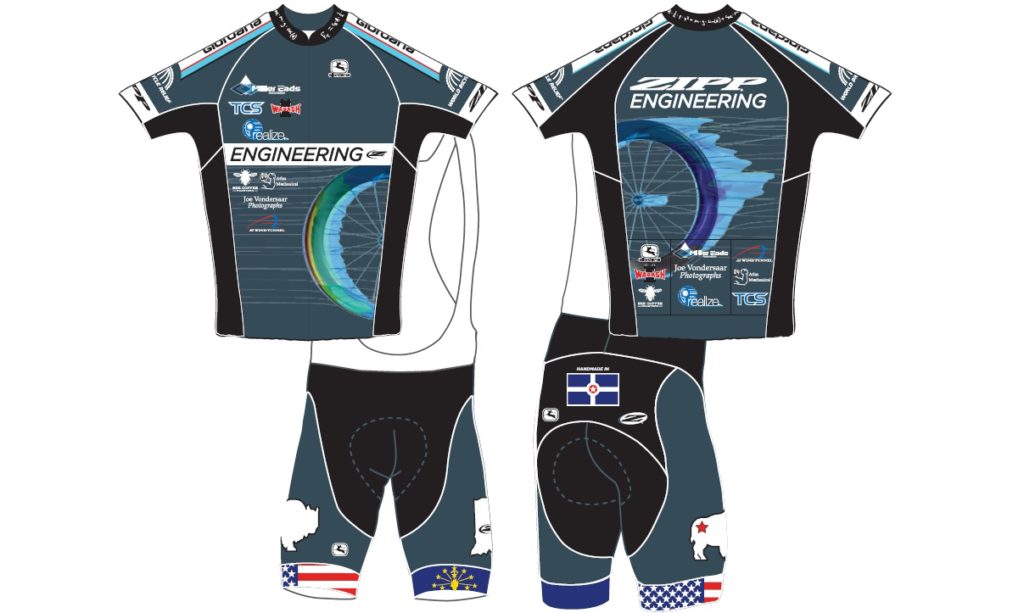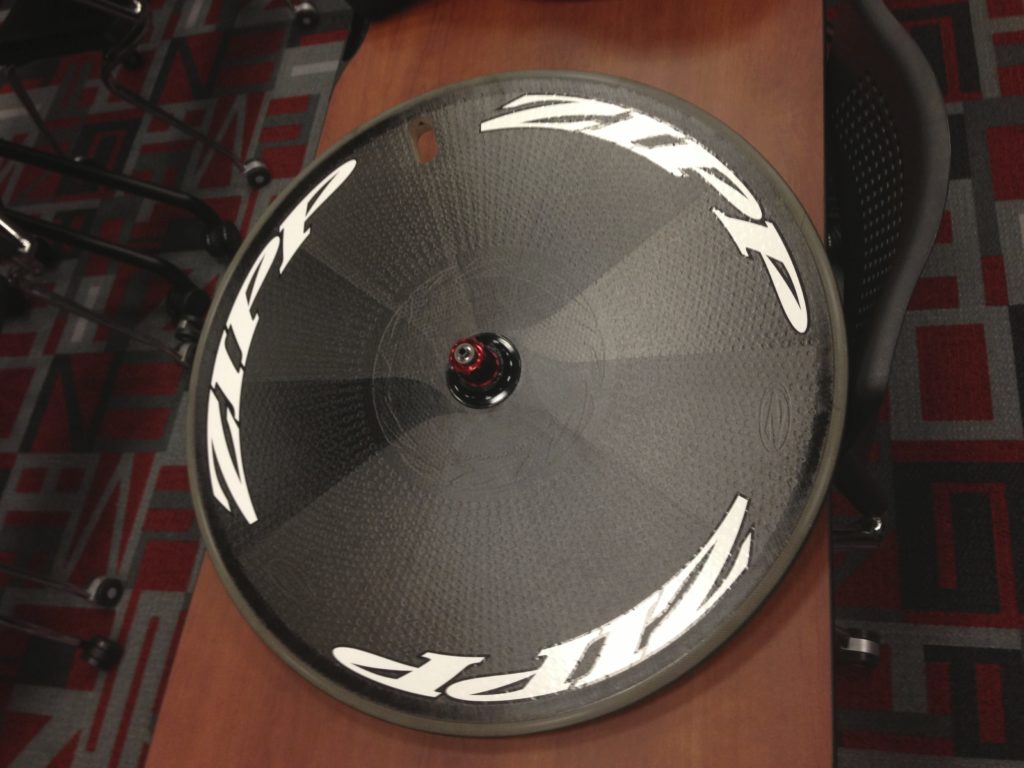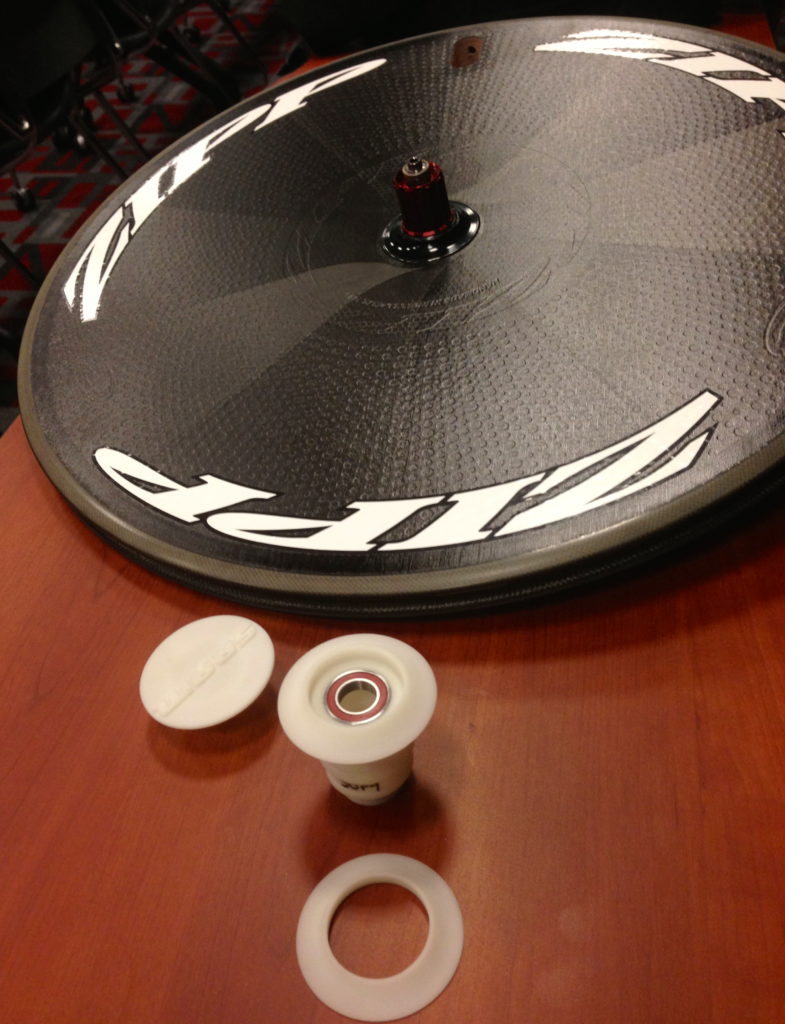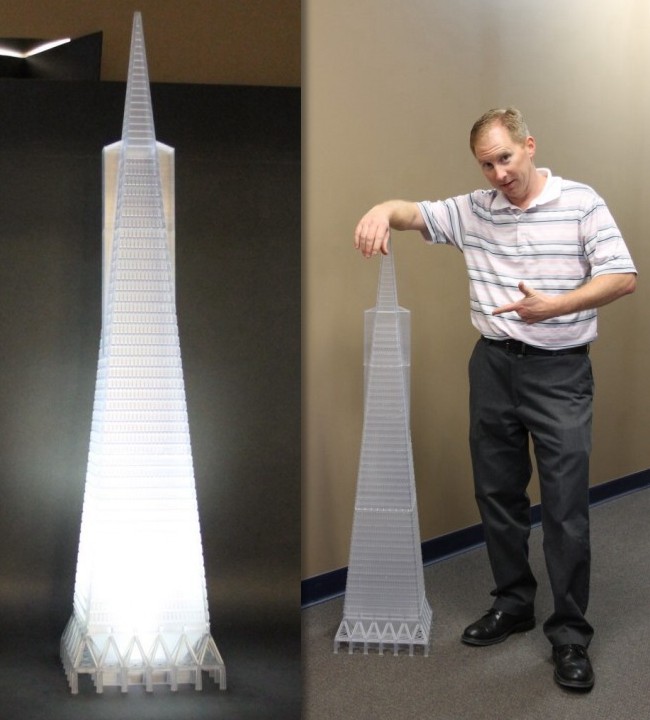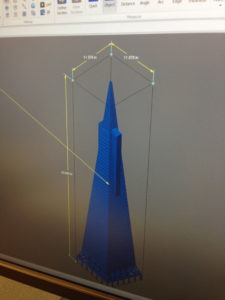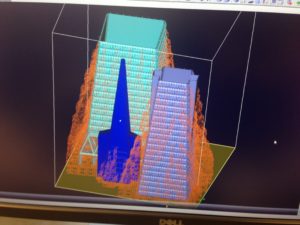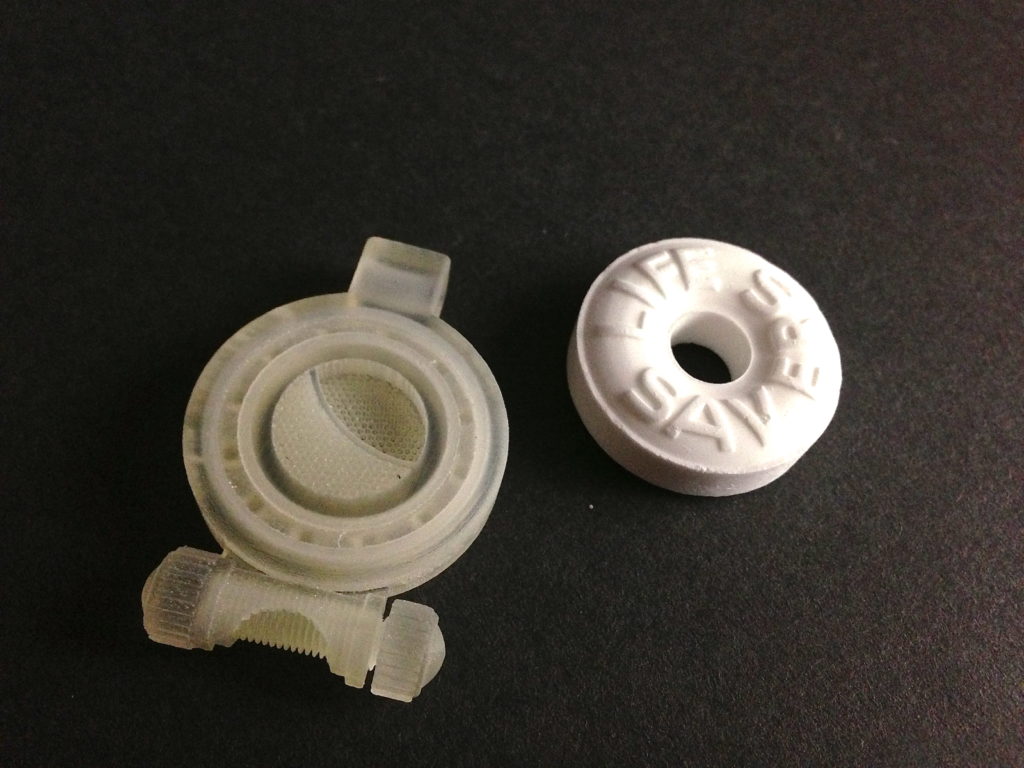
What is your role at Realize?
I create RTV (Room temperature vulcanization) molds from SLA masters. Make sure its delivered the way it was ordered by the client after coming out of SLA machines.
What challenges do you face during a typical week at Realize?
Deadlines are a big thing- making them. The complexity of the part- and how difficult the process can be getting it correct.
How does Realize do things differently than the competition?
We have a fast turn around and the quality of work is unmatched in my opinion. Talent level is excellent. They are always seeking experience and that sets Realize apart- my experience in this industry is over 20 years.
What are some of your favorite things in the world?
Model HO Trains, World War II history and airplanes. My Father was in the war and I was just always fascinated. Graphic design is a hobby on the side and I enjoy bowling, volleyball, and tennis.
Favorite meal?
Filet Mignon with mashed potatoes and gravy from Ruth Chris. To drink would be glass wine white and dessert entire lemon meringue pie.
What music are you listening to right now?
I’m into show tunes, movie trailer music, and my favorite bands are Chicago & Boston.
What fascinates you most about Rapid Prototyping and 3D printing?
The fast turn around the complexity that is generated. What used to take week or months can be done in hours now…in the future incorporating soft and hard materials will become a new direction, and we will be doing new and different types of projects.
You can take two movies with you to space…which do you bring?
Saving Private Ryan and Star Wars.
One word that describes you?
Unique.
One personal item you would like to Rapid Prototype?
Space 1999 Eagle One – It’s a spaceship from mid 1970s TV show.
 3D Printing/Rapid Prototyping/Additive MFG
3D Printing/Rapid Prototyping/Additive MFG
